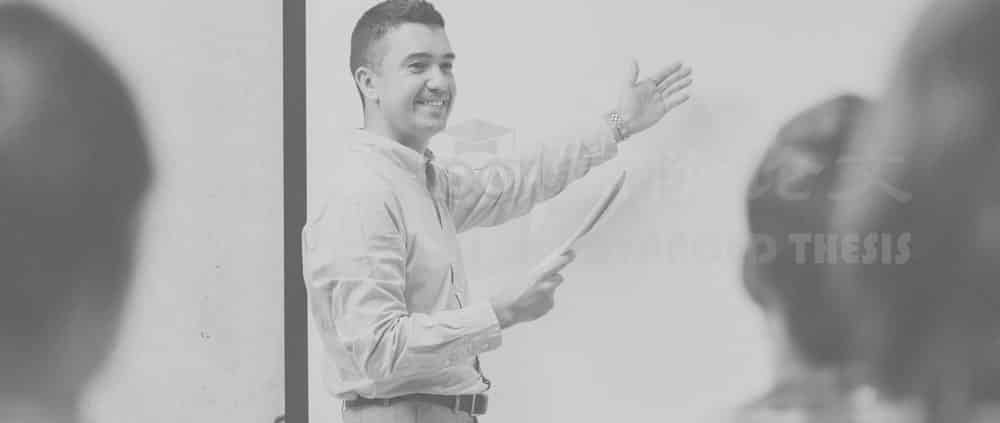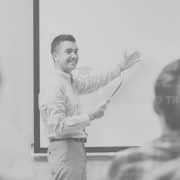加拿大北方不列颠哥伦比亚大学论文代写: 设计师
加拿大北方不列颠哥伦比亚大学论文代写: 设计师
20世纪70年代,中央沙漠土着男子出现的“点画”被称为二十世纪最伟大的现代艺术。在当代澳大利亚,土着设计师和企业家Bill Onus利用土着艺术制作了现代家具和家具。
室内设计:悉尼于1929年举办的Burdekin展览传达了所有现代设计理念。由Roy de Maistre管理和召集并由艺术企业家Sydney Ure Smith组织,该房屋设有六间由现代风格设计,装饰和装饰的艺术家或艺术伙伴,其中包括Thea Proctor,AL Sadler,Adrian Feint,Leon Gellert ,亨利Pynor和赫拉罗伯茨。这次展览得到了Ure流行生活时尚杂志The Home的艺术爱好者和鉴赏家以及广告商和百货公司的大力支持。
加拿大北方不列颠哥伦比亚大学论文代写: 设计师
摄影:在现代摄影阶段(1940-1960),随着摄影行业在战后年代重组,城市和工业主题占据了中心舞台。随着现代化和科技的发展,城市生活发生了巨大变化,采用了钢铁和创造多层建筑等新的施工方法。现代生活是建立在消费主义的基础之上的,它促成了广告业,并在战后阶段为现代摄影师提供了一种舒适的收入模式,为实验创造了机会。 (Ennis Helen,2007)。目的是为报纸和杂志制作引人注目的图像。现代澳大利亚摄影之父Harold Cazneaux以他在城市生活中的动态图像,结构和风景摄影为现代主义摄影铺平了道路。
加拿大北方不列颠哥伦比亚大学论文代写: 设计师
The emergence of “dot painting” by indigenous men from central deserts during the 1970’s was called the greatest modern art of the twentieth century. In contemporary Australia, Aboriginal designer and entrepreneur, Bill Onus, has produced modern furniture and furnishings employing the aboriginal art.
Interior design: The Burdekin Exhibition hosted by Sydney in 1929 conveyed all the modern concepts of designing. Managed and Convened by Roy de Maistre and organized by art entrepreneur Sydney Ure Smith, the house featured six rooms that were designed, furnished and decorated in the modern style by artist or art associates which included Thea Proctor, AL Sadler, Adrian Feint, Leon Gellert, Henry Pynor and Hera Roberts. The exhibition was well supported by art lovers and appreciators of Ure’s popular lifestyle magazine The Home, as well as advertisers and departmental stores.
加拿大北方不列颠哥伦比亚大学论文代写: 设计师
Photography: During the phase of modernist photography (1940-1960), urban and industrial themes took the centre stage as the photographic industry was reorganized during the post war years. With modernization and technology, city life was dramatically changed with new construction methods like use of steel and creation of multi-storied. Modern life was based on consumerism which gave rise to the advertising industry and gave a comfortable mode of income to modernist photographers in the after war phase, creating an opportunity for experimentation. (Ennis Helen, 2007). The aim was to produce eye catching images for newspapers and magazines. Harold Cazneaux, the father of modern Australian photography, with his moving imagery on the city life, the structures and landscape photography paved a way for modernist photography in splendid isolation.







